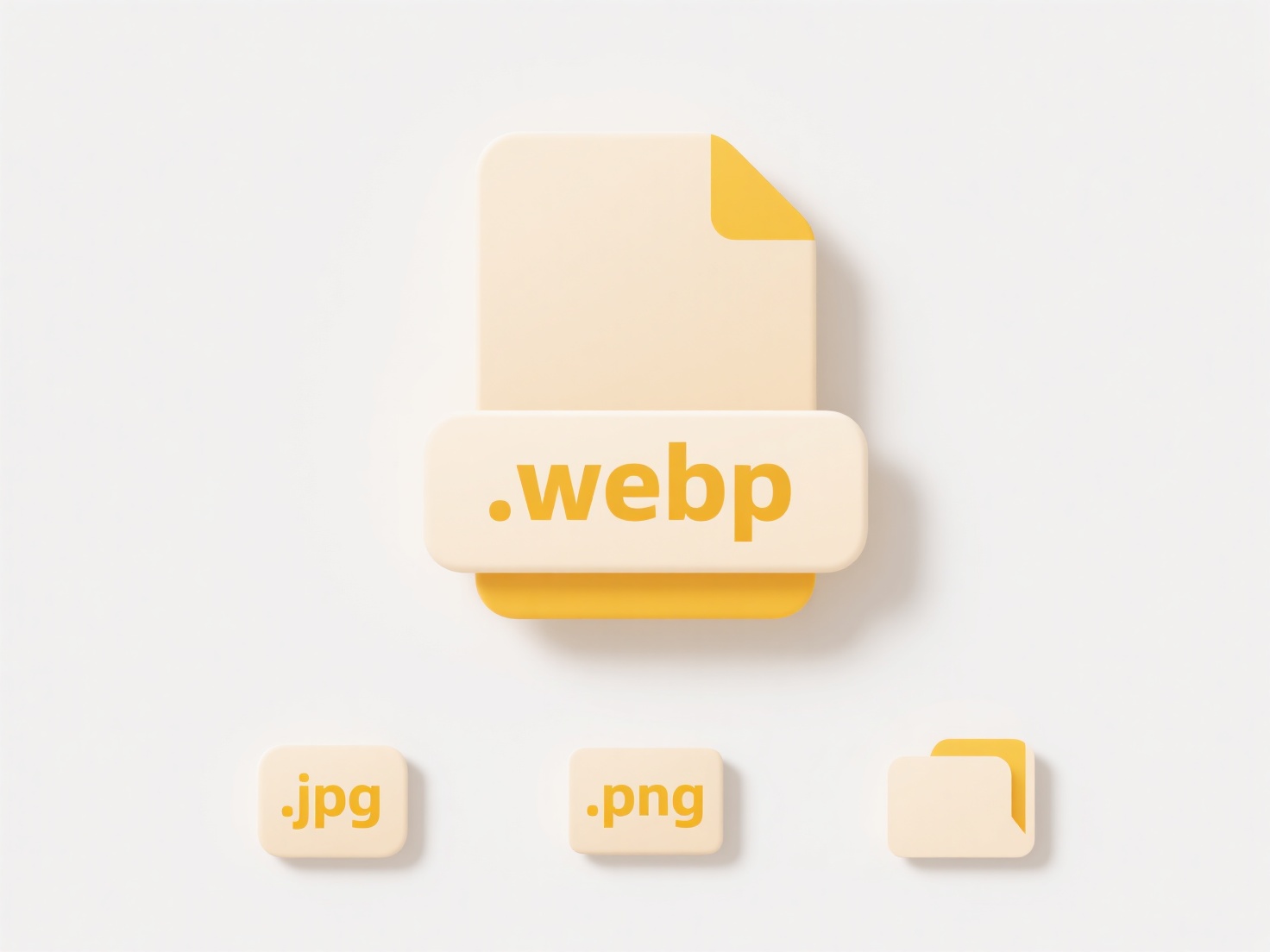
Changing a file name can sometimes resolve specific types of upload errors, primarily those related to formatting issues within the name itself. Upload systems impose rules on filenames, often prohibiting special characters (like \ / : * ? " < > |), spaces, or excessive length. If a filename violates these rules, the upload fails with an error. Changing the name removes these problematic elements, enabling the system to accept the file.

For example, changing a file named "Budget_Q1:2023.xlsx" (illegal colon) to "Budget_Q1-2023.xlsx" allows it to upload. Similarly, replacing a very long filename like "ThisIsMyExtremelyDetailedReportContainingImportantData_Final_V2_Draft.docx" with "Report_Final.docx" can overcome length restrictions, common in systems like SharePoint, cloud storage (OneDrive, Dropbox), or custom web forms.
The main advantage is its simplicity and immediacy for rule-based errors. However, renaming won't fix issues like file corruption, format incompatibility, network problems, or server-side permission limits. Ethical considerations involve ensuring new filenames remain descriptive and avoid misleading information. While an effective quick fix for naming problems, reliance on filename changes doesn't address underlying system or data integrity issues.
Can changing a file name fix an upload error?
Changing a file name can sometimes resolve specific types of upload errors, primarily those related to formatting issues within the name itself. Upload systems impose rules on filenames, often prohibiting special characters (like \ / : * ? " < > |), spaces, or excessive length. If a filename violates these rules, the upload fails with an error. Changing the name removes these problematic elements, enabling the system to accept the file.

For example, changing a file named "Budget_Q1:2023.xlsx" (illegal colon) to "Budget_Q1-2023.xlsx" allows it to upload. Similarly, replacing a very long filename like "ThisIsMyExtremelyDetailedReportContainingImportantData_Final_V2_Draft.docx" with "Report_Final.docx" can overcome length restrictions, common in systems like SharePoint, cloud storage (OneDrive, Dropbox), or custom web forms.
The main advantage is its simplicity and immediacy for rule-based errors. However, renaming won't fix issues like file corruption, format incompatibility, network problems, or server-side permission limits. Ethical considerations involve ensuring new filenames remain descriptive and avoid misleading information. While an effective quick fix for naming problems, reliance on filename changes doesn't address underlying system or data integrity issues.
Quick Article Links
What file formats are universally supported?
Universal file formats refer to those readable across nearly all operating systems and devices without specialized softw...
What are typical use cases for cloud-only files?
Cloud-only files are digital files stored exclusively on remote servers accessed via the internet, without a permanent c...
Can I receive alerts when someone accesses a file?
File access alerts are notifications sent when a user opens or views a document, typically configured within a file stor...